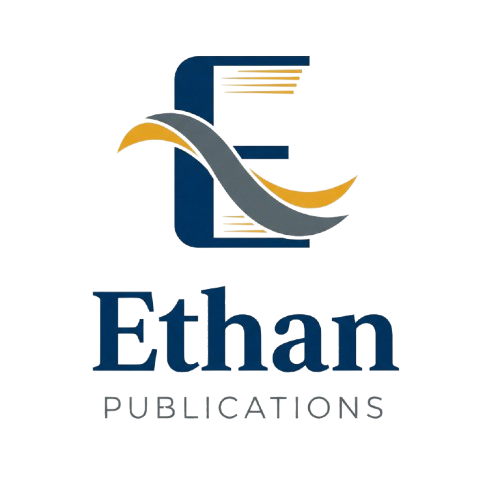ASSESSING THE AWARENESS AND ADOPTION LEVELS OF CLOUD COMPUTING IN CONSTRUCTION PROJECTS
Authors: Chinedu Emmanuel Okeke
DOI: 10.5281/zenodo.17183686
Published: January 2024
Abstract
<p>This study aims to assess the existing status and awareness of cloud computing applications in construction project delivery in Rivers State, Nigeria. A comprehensive survey including 221 construction professionals was executed utilizing a standardized questionnaire. The results of our study indicate that 38.7% of respondents are very uninformed about the awareness of cloud computing applications in building projects. Of the respondents, 11.8% are unfamiliar of cloud computing, 31.9% lack awareness, and a mere 4.6% possess a high level of awareness regarding the implementation of cloud computing in building projects. This clearly indicates that practitioners lack awareness of cloud computing and its application in building project delivery. The figure of 35.7% signifies that the majority of respondents strongly concur that Cloud computing has a promising future in building project delivery. Of the 82 respondents, 34.5% completely concur with this argument. (10) and (35) represent 4.2% and 14.7% of respondents who disagreed and strongly disagreed with this proposition, respectively. A significant majority of participants reported having limited expertise (0–2 years) with cloudbased technology for project execution. The low adoption rate indicates a more profound issue encompassing infrastructural deficiencies, inadequate information exchange, and organizational discrepancies. A substantial investment in ICT infrastructure and capacity building for small- and medium-sized construction firms is advisable; government and private stakeholders should actively engage in sensitization campaigns to enhance awareness and practical advantages of cloud technologies; and there should be heightened advocacy and research support from professional construction organizations to close the knowledge gap and facilitate strategic technology adoption</p>
Full Text
No full text available
Cite this Article
References
- No references available.
